Saragundi- Costa Ricas Medicinal Plant
Have you ever heard of Saragundí? This fascinating plant, scientifically known as Senna alata, is a hidden gem in Costa Rica’s rich botanical world. Also playfully called “Piss-a-Bed” due to its diuretic properties, Saragundí is more than just a funny name – it’s a powerhouse of medicinal benefits and a beautiful addition to any garden.
Growing along the currently dusty roadsides or lining the forest edge abutting the gardens are weedy long-stemmed plants that have a crown of yellow flowers atop. These
are the Jackass Bitters, (Nuerolaena lobata). It belongs to the Aster family which includes the daisies and dandelions. It is one of the most species-rich families of plants on the planet rivalled only by that of the orchids. The flower heads are composites; each individual head is a group of flowers, and the greater display of many flowers together provides a more attractive visual target to potential pollinators.
There is a lot of folk medicine currently based on the supposed curative properties of Jackass Bitters but none that has any scientific backing. However, its anti-diabetic qualities are being scrutinized in a laboratory situations with regard to its ability to exert some control over blood sugar levels.
There is very little wind in the Pacific lowland forests of Costa Rica so the plants have to rely on animal agents for pollination and seed dispersal. Bats are very important pollinators and seed dispersers but bats prefer musky smells rather than sweet smells which is why there are some very strange odours in the forest. It is the scent of garlic that attracts the bats in so the Garlic Tree is a bat-pollinated tree.
The Saragundi is a shrub that can reach about 3 m high, although it is not surprising that it can be found as a small tree just over 5 m high. It is of American origin and is characterized by its large bouquets of yellow flowers It has been widely recognized for its medicinal properties especially for the treatment of ailments due to rheumatism, arthritis, uric acid, skin problems such as eczema, furunculosis, pimples, allergies, carates, urticaria, constipation, gastrointestinal, digestive, liver problems, kidney stones, fevers, pneumonia, venereal, menstrual diseases, foot fungus, measles, to lose weight, such as anti-inflammatory, cardiovascular, vomiting, deworming and anti-fungal.
A Natural Pharmacy
In Costa Rican traditional medicine, Saragundí is a go-to remedy for various ailments:
Digestive Aid: Its leaves serve as a natural laxative.
Urinary Health: Both leaves and flowers are used to address urinary problems.
Skin Care: Fresh leaves are a potent treatment for fungal infections, especially ringworm.
Women’s Health: In Belize, a tincture is used to treat female infertility. How to Use Saragundí
Interested in trying this natural remedy? Here are some traditional preparation methods:
For internal use: Boil a handful of leaves in a liter of water and drink throughout the day.
For skin infections: Mash fresh leaves and apply directly to the affected area.
For urinary issues: Prepare a tea using the flowers.
Growing Your Own Saragundi
Good news for gardeners – Saragundí is relatively easy to grow! Here’s how:
Collect seeds from wild bushes or obtain them from a local nursery.
Plant seeds about 2 cm deep in potting soil.
Watch for germination within days.
After a few months, transplant it into your garden.
Choose a spacious spot – these plants can grow up to 3 meters tall with sprawling branches.
Harvest leaves for medicinal use within the first year.
Saragundí is a pioneer species, meaning it grows quickly but has a relatively short lifespan.
While Saragundí has been used traditionally for centuries, always consult with a healthcare professional before using any new medicinal plant, especially if you’re pregnant, nursing, or taking other medications. Notes
From its medicinal properties to its ornamental beauty, Saragundí is truly a versatile plant. Whether you’re interested in natural remedies or simply want to add a touch of tropical flair to your garden, this Costa Rican native is worth exploring. Give it a try. Your garden and your health – will thank you!
Related: Yes, You Can Grow Your Own Stevia Plant In Costa Rica


